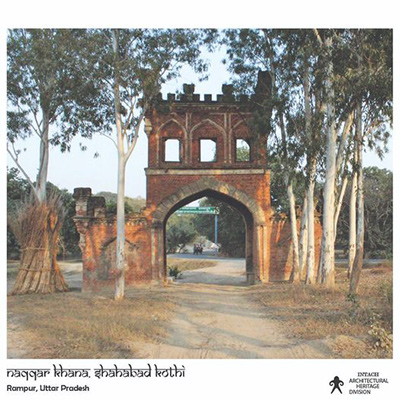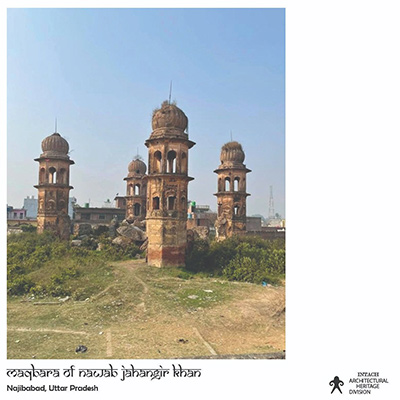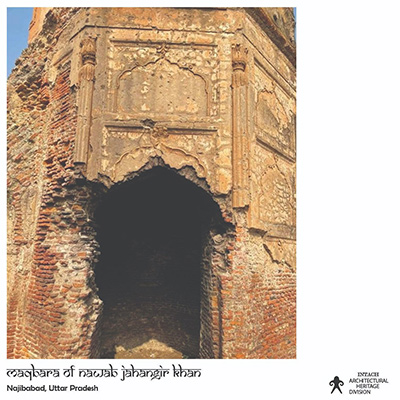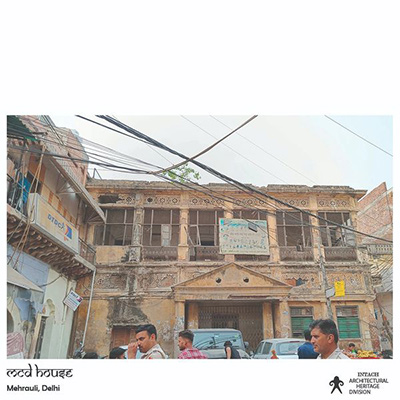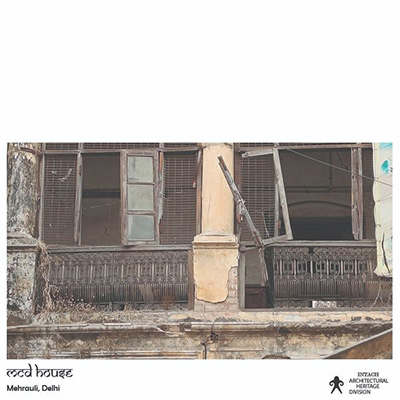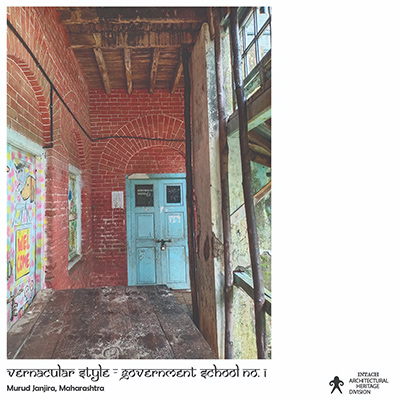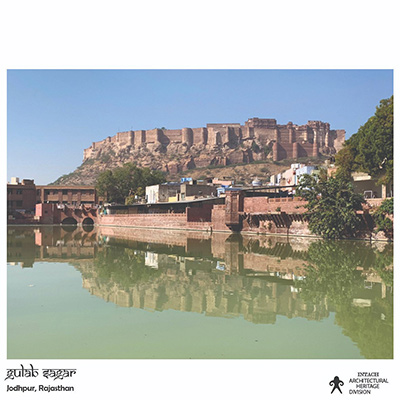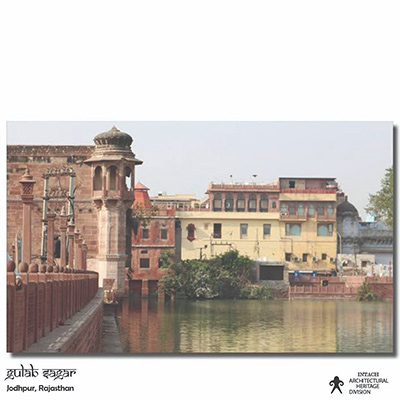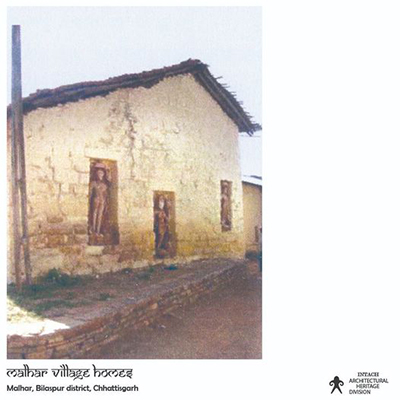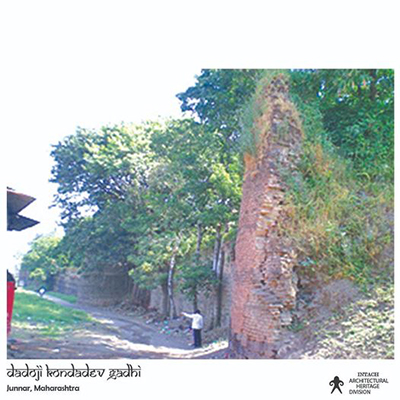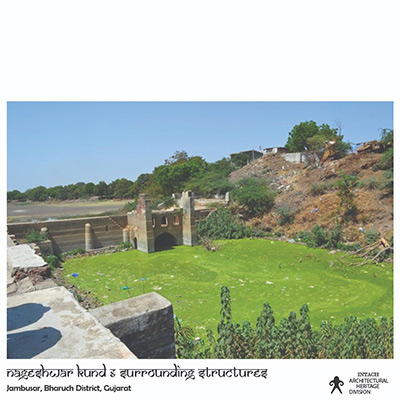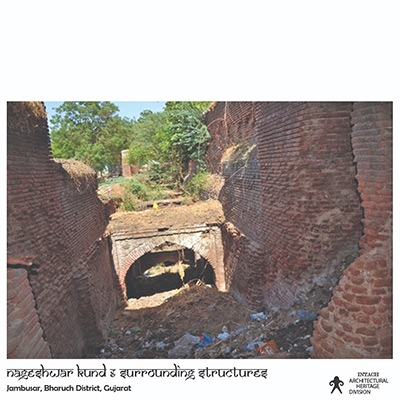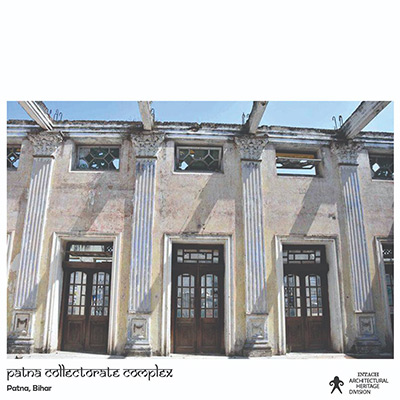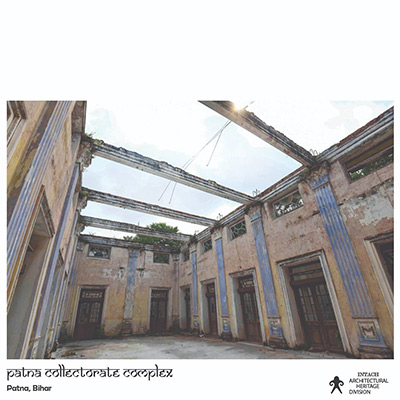H@R 266/365 Raja Bakhri, Sambalpur, Odisha
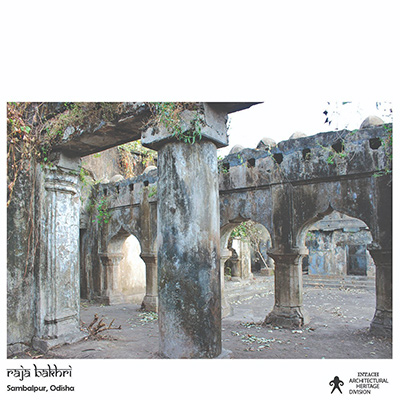
H@R 266/365
Raja Bakhri, Sambalpur, Odisha
The fort was built in the 17th century CE along the banks of the river Mahanadi. Today, the Raja Bakhri and Rani Mahal are the only remains of the fort. Rani Mahal was restored by INTACH; however, Raja Mahal remains neglected. In 2015, with the initiative of INTACH Sambalpur Chapter and the local community, most of the vegetation was cleared, which helped in accessing the site and documentation by AH INTACH.



